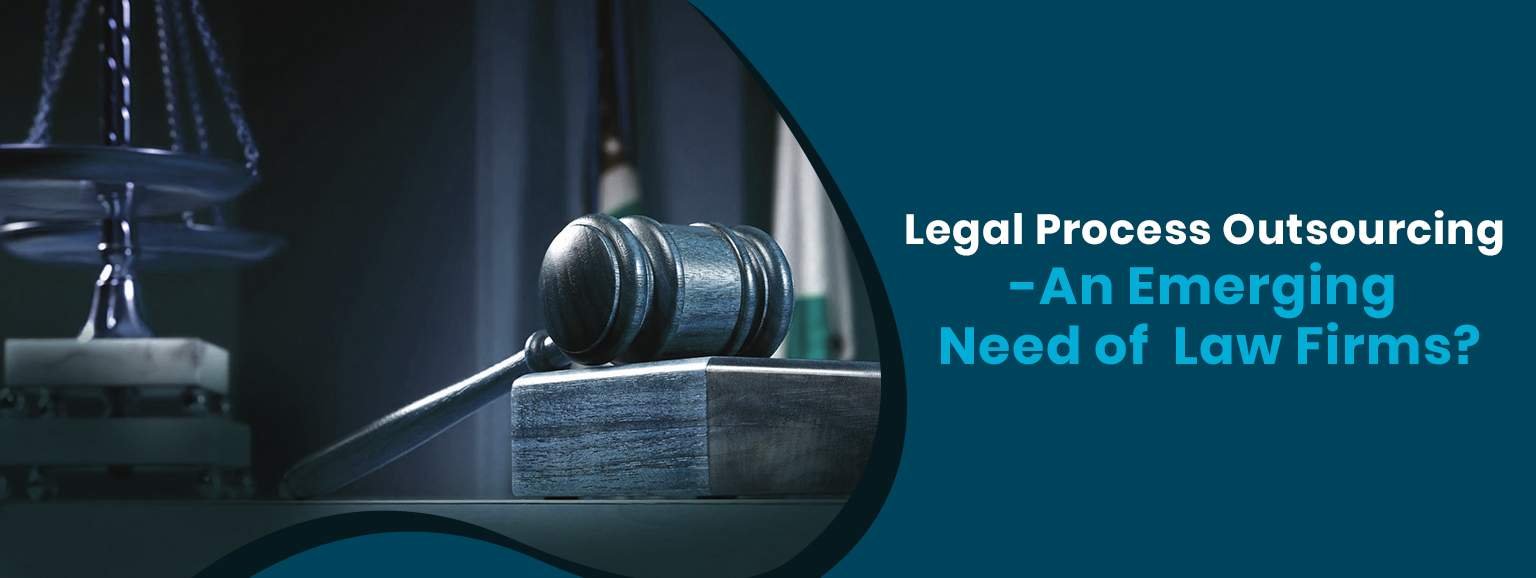Duty of Care Law difference between English and Irish Approaches 2000 words Essay; The duty of care arises in the tort of negligence, a relatively recently emerged tort. The general principle is that you should not harm those people to whom you owe a duty of care law by your acts of omission. If you fail in the standard of care owed; you will be liable for your acts or omissions due to negligence.
Here is the article to explain, the difference between English and Irish Approaches in Duty of Care Law 2000 words Essay!
The questions arise as to who duty owed and more significantly as to the standard to the duty owed. In Ireland, a duty is generally owed to any person who can class as your neighbor; which involves issues of proximity, foreseeability, and policy considerations. Differences exist in Irish and English law in terms of who owed a duty of care. As regards the standard that owes, it is that of the “reasonable person”. The cornerstone of the duty of care principle existed expanded based on the “neighbor principle” by Lord Atkins in Donoghue v Stevenson. [1932] AC 562.
The case involved a woman who had suffered shock and gastroenteritis upon the consumption of a bottle of ginger ale. The shock and gastroenteritis resulted from a decomposed snail at the bottom of the bottle. The plaintiff had no action against the shop owner, as he had not been negligent in any way. The question was whether she could take an action against the manufacturer of the ginger ale. The court rules in her favor, finding that a duty of care existed owed to your ‘neighbor’. Lord Atkins stated that:
“The rule that you are to love your becomes in law you must not injure your neighbor and the lawyer’s question who is my neighbor? receives a restricted reply. You must take reasonable care to avoid acts or omissions which you can reasonably foresee would be liable to injure your neighbor. Who then in law, is my neighbor? The answer seems to be persons who are so closely and directly affected by my act that I ought reasonably to have them in contemplation as being so affected when I am directing my mind to acts or omission which call into question.”
The English Approach;
This duty of care law mentioned above was later endorsed in Anns v Merton London District Council [1978] AC 728. The facts of this case were the plaintiffs were leasees of flats in Wimbledon. The borough of Merton approved a set of plans to build a block of flats. Eight years after the building was complete and the flats stood rented the foundation started to deteriorate. The tenants brought an action against the city for the cost of the repairs. The plaintiffs sued the local authority because their predecessor’s inspectors had either not inspected the foundations or, if they had, had done so negligently. The House of Lords held that the local authority owed the plaintiff a duty of care.
It was in this case that lord Wilberforce established a two-stage test:
- First one has to ask, as between the alleged wrongdoer and the person who has suffered damage; there is a sufficient relationship of proximity or neighborhood such that, in the reasonable contemplation of the former; carelessness on his part may be likely to cause damage to the latter- in which case a prima facie duty of care rises.
- Secondly, if the first question answer affirmatively, it is necessary to consider whether there are any considerations; which ought to be negative or to reduce or limit the scope of the duty or the class of person to whom; it owed or the damages to which a breach of it may give rise.
More Approach;
In subsequent cases in England, this ruling was initially approved, but rejected in Murphy v Brentwood District Council [1991] 1 AC 398, as it lacked precision and created a duty of care of general application. In this case, the defendant Brentwood District Council failed to inspect the foundations of a building adequately; with the result that the building became dangerously unstable. The claimant, being unable to raise the money for repairs, had to sell that house at a considerable loss; which he sought to recover from the district council.
The plaintiff’s actions failed and it stood held that the defendants did not owe a duty of care to the purchasers. As a result, in England, the law has developed certain categories of negligence, as suggested by Lord Bridge in Caparo Industries Plc v Dickman [1990] AC 605 where he stated the law should be allowed to develop on an incremental basis rather than along the broad lines it had been followed since Anns.
Lord Bridge referred favorably to the Australian High Court decision of Sutherland Shire Council v Heyman where Brennan J had suggested that:
“it is preferably in my view that the law should develop novel categories of negligence incrementally by analogy with established categories; rather than a massive extension of a prima facie duty of care restrained only by indefinable considerations; which ought to negative or to reduce or limit the scope of the duty and the class of person to whom it should owed”.
Ultimately the court in rejecting the earlier tests laid down; their three-step test required foreseeability, proximity, and the imposition of a duty that would be “just and reasonable”. This third criterion would essentially allow the courts to restrict the unfettered expansion of the duty of care to new situations.
The Irish Approach;
However, recent decisions of the Supreme Court discussed below, indicate a retreat from; this approach and adoption of the English approach. In the abovementioned Ward case, the plaintiff had purchased a house with the aid of a local authority housing grant. He later learned that the house was severely substandard and structurally unsound. He subsequently brought an action against the builder, the local authority, and the value of the local authority.
The local authority existed required by law to value the house before issuing the housing grant. They did so and their valuer found no defects. However, the valuer did not have any construction knowledge and existed therefore not held liable. He was an auctioneer and had never put himself forward as competent to value the house. The local authority, however, existed found to be negligent; as it had failed to engage a person competent to carry out the investigation. The local authority maintained that it failed in duty, not to the plaintiffs; but, to the public whose rates and taxes went into funding the local authority.
More Approach Part 01;
The court rejected this holding that there was proximity between the parties. It held that it was foreseeable that the plaintiff would rely on the local authority’s valuation. The fact that the plaintiff had applied for a housing grant was proof that he was not wealthy; and, would therefore have been unlikely to carry out a separate valuation in particular; the court heard that the failure of the local authority to warn the plaintiff not to rely on its valuation was relevant in finding it liable.
The builder existed also found to be reliable on the law since including Donohue v Stevenson.
More Approach Part 02;
In McNamara v ESB [1975] IR 1, a young boy sustained when he broke into an ESB substation. The substation stood surrounded by a fence which stood being replaced by a wall. The accident occurred at a spot where there was wire meshing. There stood easily reachable un-insulated conductors at the ESB station and for this reason; the ESB had placed barb wire above the mesh fencing to prevent intruders from entering the site. The ESB also knew at the time that children were entering the substation.
The temporary fence stood severely criticized both by an architect and an engineer hired as experts by the plaintiff. The court found the ESB liable based on proximity and foreseeability. Also, The court did consider the steps taken by the ESB to prevent entry and decided that there were unreasonable circumstances. The court considered whether the children could also be liable. It concluded that they were not, as they did not appreciate that; there was a danger and this danger had not been communicated to them.
More Approach Part 03;
The recent Supreme Court judgment of Glencar Exploration plc and Andaman Resources plc v Mayo County Council [2002] 1 I.R. 84 demonstrates a retreat from the traditional stance of the Irish courts, bringing Irish law into line with English law. This judgment stood followed in Fletcher v Commissioners of Public Works in Ireland, Supreme Court, unreported, 21 February 2003. The plaintiffs in the Glencar case had been granted ten licenses by the Minister for Energy to explore for gold in the Westport area and had invested heavily in such mining over 24 years between 1968 and 1992.
In 1991, they set up a joint venture with an Australian company, Newcrest Mining Limited.
More Approach Part 04;
The High Court decision stood appealed to the Supreme Court, which again dismissed the action. Keane CJ dealt with the duty of care and the neighbor principle at length. He questioned whether the two-step test of Anns was the correct test to follow in this jurisdiction and reinterpreted the decision of the Ward case. He stated that:
“There is, in my view, no reason why courts determining whether a duty of care arises should consider themselves obliged to hold that it does in every case where injury or damage to property was reasonably foreseeable; and the notoriously difficult and elusive test of ‘proximity’ or ‘neighborhood’ can said to have been met unless very powerful public policy considerations dictate otherwise. It seems to me that no injustice will be done if they require to take the further step of considering whether, in all the circumstances; it is just and reasonable that the law should impose a duty of a given scope on the defendant for the benefit of the plaintiff … ”
The Glencar judgment involves an additional third step to the Anns’ two-step test. The question must ask as to whether it is just and reasonable to impose a duty of care. Arguably, this may be no different than the policy considerations inherent in the two-step test. However, it adds the third hurdle for litigants to overcome. The Glencar judgment is in line with the approach favored by the English courts.

References; The duty of care. Retrieved from https://www.lawteacher.net/free-law-essays/tort-law/the-duty-of-care.php?vref=1










